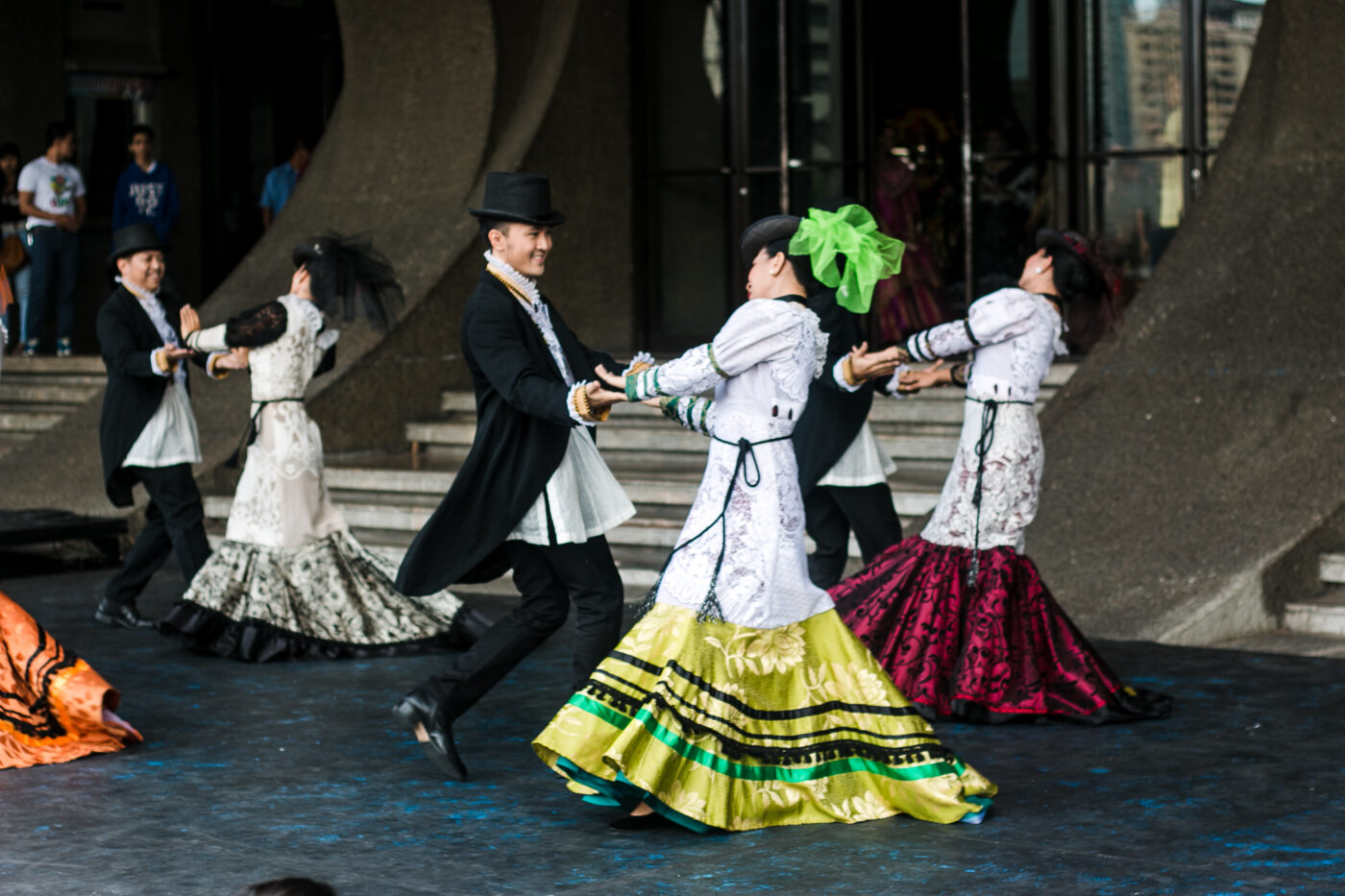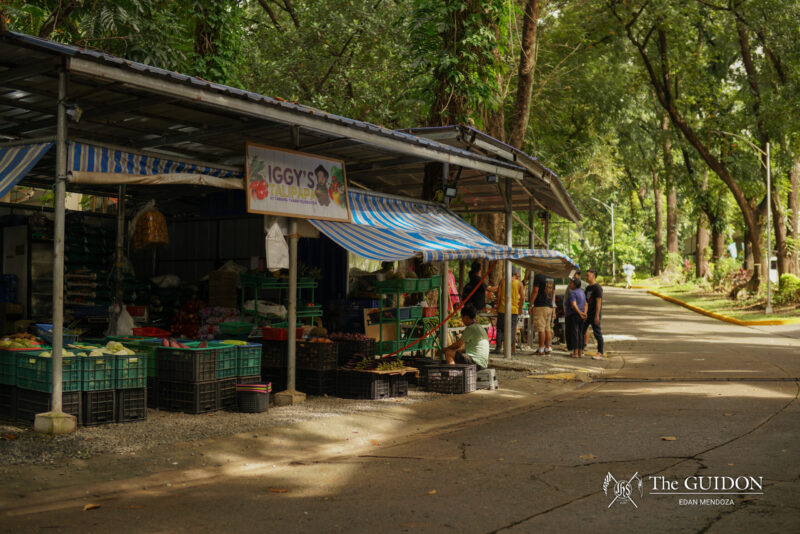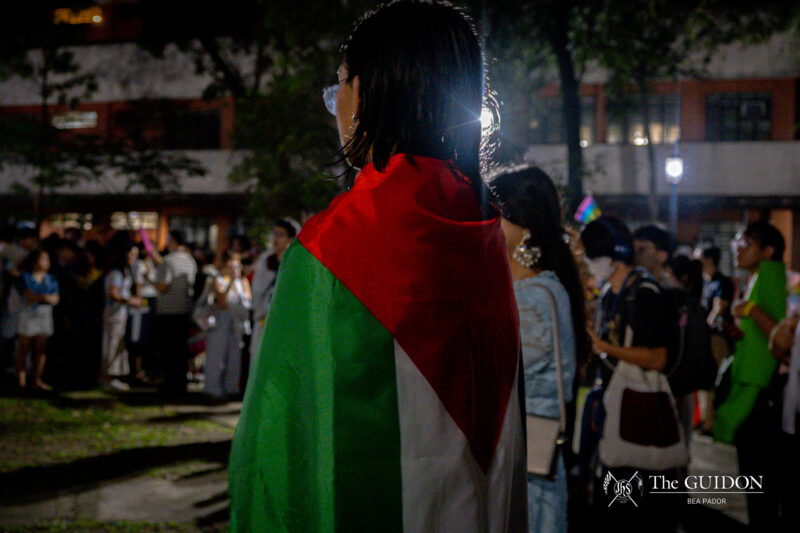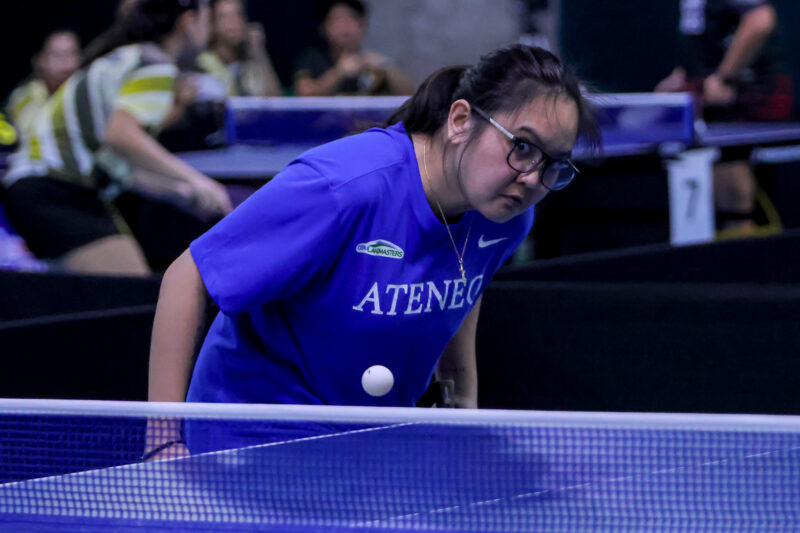Each person in the crowd didn’t realize they were parched, nor that they had already walked a mile. Their attentions had been on following the various performances presenting themselves along the stretch of Roxas Boulevard. A whirlwind of lights, sounds, colors, and shapes had swept them away.
Watching the spectator crowds on Roxas Boulevard, Tanghalang Ateneo Company Manager Hershee Tantiado stands with her trainees as they await their first open air performance. She shares how delightful, while at the same time overwhelming, a new member’s experience is at the Pasinaya art festival.
Being surrounded by theater talents from different companies and artists of different forms and media by The Cultural Center of the Philippines (CCP) complex is quite the experience. She at once feels nostalgia accompanied by gratification for having made it this far on her third year of attendance with the theater group.
From workshops, bazaars, and competitions, to exhibits, culinary fairs, and performances, the CCP’s Pasinaya art festival has established itself as an avenue to celebrate the plurality of Filipino art and culture. It is a service not only for artists to showcase their talent, but also a platform that brings the arts much closer to the public.
Rallying the arts
Every February for the past twelve years, the CCP has hosted a one-day all-you-can-see event called the Open House Festival, better known as Pasinaya. The festival, which will be held on February 7 this year, offers a variety of shows ranging from dance, literature, music, theater, and visual arts, as well as a generous proffer of participative games for children and adults alike. It has become the country’s largest and only multi-arts festival done at such a huge scale.
Born out of an idea to spark excitement among patrons for a theater festival in the early 2000s, Pasinaya was intended to act as a sampler of the CCP’s lineup of shows for the year—free of charge. Be that as it may, the first two years of the festival yielded disappointing results, drawing only a number of 500 to 600 patrons—a far cry from what the event organizers had expected.
However, the festival’s third year saw an exponential growth of festival goers as the concept of Pasinaya finally caught on, and it was around this time that the famous catchphrase of the festival came to be: “See all you can, pay what you can.”
The CCP’s Vice President and Artistic Director Chris Millado shares that the idea for the unique donation scheme was an attempt to “start educating audiences to support [the] arts [and] to let them realize that there is a lot of effort that goes into creating [their craft’s outputs].” To encourage the festival goers to partake in realizing this vision, the tagline then accordingly earned an additional phrase: “Suggested donation: Php 50.”
Furthermore, he reminds us: “Artists do spend money to create [their] works; and [in order] for the arts to thrive, [they] need [the financial] support…The idea is not to make money out of this—it’s practically a symbolic kind of donation. It’s like a gesture saying, ‘We’re supporting you.’”
Love for local
Apart from the donation scheme acting as a central dynamic in drawing audiences in, the yearly themes that weave meaning and relatability to the festival also play a role in the success of the festival. Millado says that the themes are chosen in line with the CCP’s mission to “broaden the reach of the arts…[and to] make the arts accessible to everyone.”
Festival goers are given the opportunity to visit the various partner-museums of the event by riding the provided jeepney shuttles that follow a specific museum circuit in Metro Manila. CCP’s partner-museums include the likes of the Museum of Contemporary Arts and Design in Malate, Bahay Tsinoy in Intramuros, the Metropolitan Museum in Roxas Boulevard, and this year’s newest partners, both located in Ermita: The UP Museum of a History of Ideas and the Film Development Council of the Philippines’ Cinematheque.
And although events like Pasinaya open more avenues for people to appreciate local art, as well as opportunities for artists to get exposure, Tantiado thinks that Philippine art needs more day-to-day recognition. She’s observed that attendees to Pasinaya—besides avid art enthusiasts and theater professionals—are usually teachers with student tag-alongs on a fieldtrip. The discussion on art then seems to remain on an academic level, away from the general public.
Tantiado shares that not many students are warm to the idea of shelling out cash for a show ticket. Many would rather spend their money and time on other forms of entertainment such as movies and parties. Millado shares similar sentiments, saying, “We’d also like to reach out to our underserved communities—and there’s quite a lot of them in Metro Manila—and those [groups], we haven’t reached yet.”
There is still much left to be desired from audience reception. Tantiado says, “I remember one time, one of my friends from [Blue Symphony’s executive board] told me an exchange student was filming their mini-performance in class! And [that student told my friend that he’d] post the video in the exchange group page. And we don’t see that [level of] appreciation from other students.”
Art in adversity
A 2013 GMA article titled “On the question of a theater audience” also laments the half-filled seats in local productions and the quality of shows. However, progress seems to be showing outside of the performing arts. A BusinessWorld piece written just a month after the former posits that the presence of art galleries in the country and even that of Filipino museums abroad points to a growing demand for the activity and for products of art.
Perhaps it depends on where one looks—and on which art form currently trends. Millado thinks that the Filipino artist’s talent proves its richness all the more as it thrives in an environment with little financial and mass audience support. He says, “We have very small amounts of money for that [art] but we’re still very passionate; we still churn out the best singers, the best dancers, the best painters and so on. So I think that tells you about what kind of creativity is out there.”
The growing buzz about the Pinto and BenCab museums in Antipolo and Baguio respectively is a breath of fresh air to local art production and appreciation. Even primetime television and noontime variety shows such as ABS-CBN’s On the Wings of Love and It’s Showtime, are doing its part through introducing art forms such as spoken word poetry and stand-up comedy to wider audiences via artists like Juan Miguel Severo and Ryan Rems Sarita.
Millado shares that some audiences initially get intimidated by some performances, like those of the Philharmonic ensembles, deeming them highbrow and hard to relate to. Eventually however, audiences find themselves swaying to the symphony. The realization is that the festival’s lineups increase the reach and the awareness that art is not just for a certain social class but for every Filipino, given each person’s innate drive to express oneself and to share that expression.
Art is always on the verge of jumping from its four walls or corners and into the hearts of people. Millado hopes that through events such as Pasinaya, celebrating local art’s plurality will become bigger and bolder, saying, “We’re [looking to infect] the whole of Manila…making it a tri-city affair.”
He adds, “So can you imagine…What if Makati adopts it? What if during one day of the year, the whole of Manila, Makati, and Pasay becomes the most creative place on earth? And you have buses moving around between museums, people just moving around for free, just celebrating art. That’s the future of Pasinaya.”
Editor’s note: In the January-February 2016 issue of The GUIDON, this article cited Chris Millado, the Cultural Center of the Philippines’ vice president and artistic director, as one of the article’s interviewees. However, Millado’s name was misspelled as “Millano” four times in the article. The GUIDON apologizes for this oversight.







